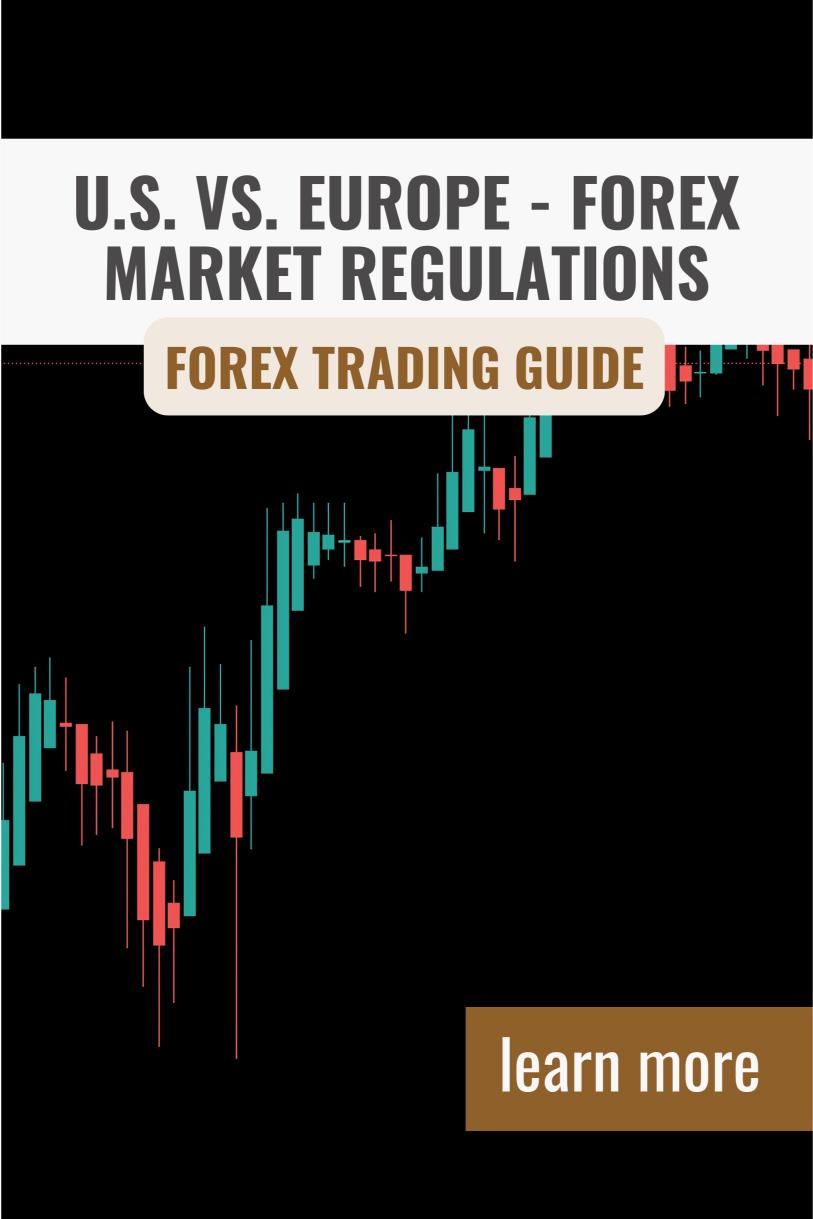Last Updated on February 21, 2025 by Arif Chowdhury
As a seasoned Forex trader since 2015, I’ve witnessed firsthand the distinct characteristics that shape trading in both U.S. and European markets. 🌎
Understanding the Regulatory Landscape 📊
The U.S. and European Forex markets operate under fundamentally different regulatory frameworks.
In the U.S., the Commodity Futures Trading Commission (CFTC) and National Futures Association (NFA) maintain strict oversight.
Recent data shows that U.S. brokers must maintain a minimum capital requirement of $20 million, significantly higher than most other regions.
European traders benefit from the Markets in Financial Instruments Directive (MiFID II), which provides a more flexible yet secure trading environment.
Market Access and Trading Hours ⏰
European traders enjoy broader market access, with approximately 65% of global Forex trading volume occurring during London trading hours.
U.S. traders often face more restrictions on leverage, typically limited to 50:1, while European traders can access up to 30:1 leverage under ESMA regulations.
The Impact of Technology on Trading Success 🤖
Having developed and tested multiple trading strategies, I’ve discovered that automated trading systems can significantly enhance performance.
My experience with algorithmic trading has led me to create a portfolio of 16 sophisticated trading bots, focusing on major currency pairs:
- EUR/USD
- GBP/USD
- USD/CHF
- USD/JPY
These bots operate on H4 timeframes, targeting substantial moves of 200-350 pips, and have been rigorously backtested across 20 years of market data.
For traders interested in exploring automated trading, I’m currently offering my complete EA portfolio absolutely FREE at Advanced Forex EA Collection.
Market Volume and Liquidity Differences 📈
European trading sessions typically see higher liquidity, with London alone accounting for over $2.1 trillion in daily trading volume.
This enhanced liquidity often results in tighter spreads and more stable trading conditions.
Broker Selection and Trading Costs 💰
U.S. traders face limited broker options due to strict regulations, while European traders can choose from a broader selection.
Through extensive testing and personal experience, I’ve compiled a list of Top-Rated Forex Brokers that offer competitive conditions for both U.S. and European traders.
Risk Management Considerations 🛡️
European traders benefit from negative balance protection under ESMA rules.
U.S. traders must be more vigilant with risk management due to higher capital requirements and stricter regulations.
The Future of Forex Trading 🔮
Both markets are evolving rapidly, with technological innovation driving change.
The rise of algorithmic trading and automated systems continues to reshape the landscape, with an estimated 70% of trades now executed by automated systems.
Conclusion
Understanding these key differences between U.S. and European Forex trading is crucial for success in today’s market.
Whether you’re just starting or looking to optimize your trading strategy, the right tools and knowledge can make all the difference.
